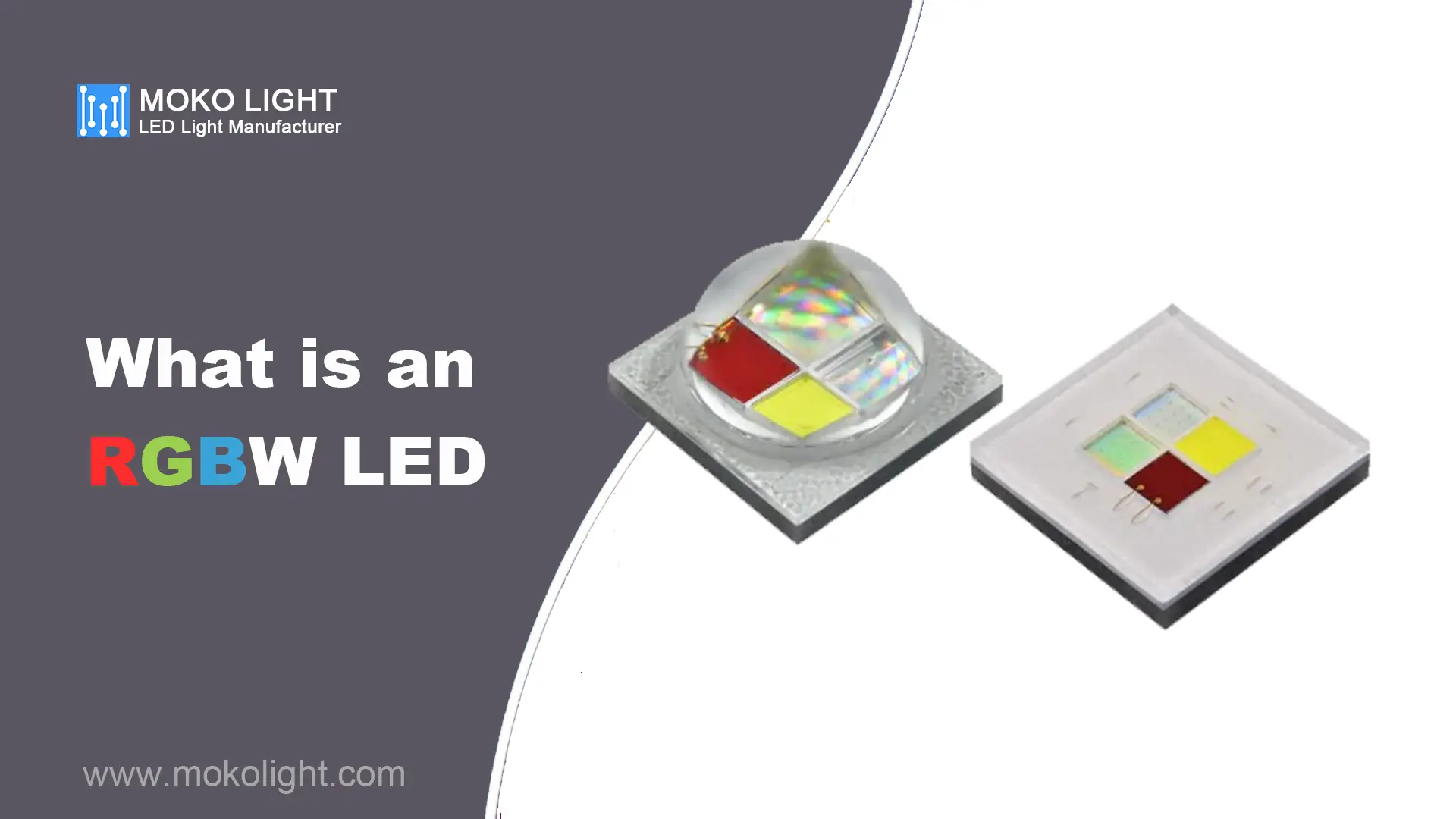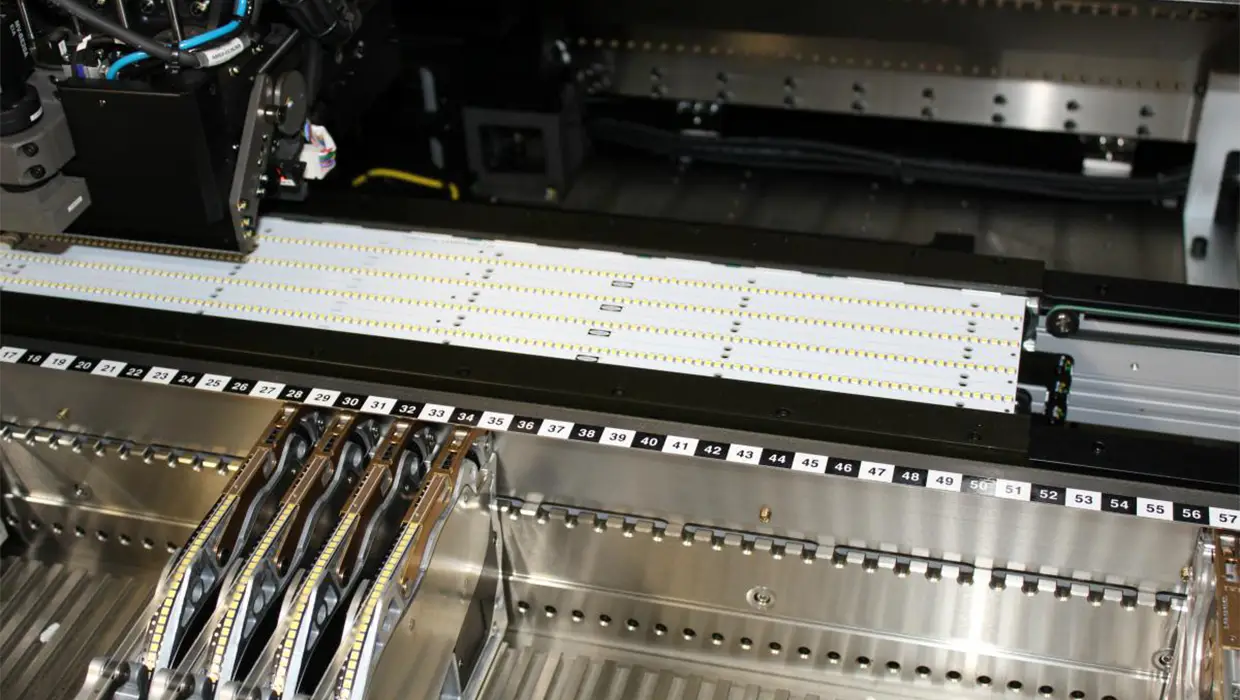What is High Bay Light Lighting?
In large and spacious areas, high bay lights are utilized as a form of lighting fixture. They are also a special type of lighting equipment and typically used for illumination in high-up locations, with the fixtures suspended at a high position. Depending on different locations, they may need functionalities such as anti-corrosion, dust-proofing, waterproofing, and explosion-proofing.
- Caractéristiques: High brightness, even lighting, strong durability, etc..
- Installation position: High bay lights are usually installed on high bay
- Application: Large venues such as factories, warehouses, power plants, steel mills, workshops, sports venues, waiting rooms, stations, gas stations, aéroports, shopping malls, and large supermarkets.
- Light source: High bay lighting can use light sources with high color rendering index such as metal halide lamps, energy-saving lamps, DIRIGÉ, and infinitely variable lights.
- Materials: High bay lights are generally made of materials such as aluminum, aviation-grade aluminum, PC, stainless steel, and other similar materials.
- Les types: Based on the specific location where they are used, high bay lights can be classified into spotlight and floodlight types.
- Electrical box: The electrical box for high bay lights can be integrated or separated, but it is important to consider heat dissipation during the design stage. Lumières LED, in particular, consider heat dissipation as a crucial factor.
What is the Installation Height of High Bay Lighting?

- Hauteur: High bay lamps are designed to illuminate spaces with ceilings higher than the floor by approximately 20 à 40 pieds.
Efficient operation of high bay lamps requires specially designed reflectors for HPS/MH bulbs and lens angles for LED industrial lamps, which are necessary due to their installation at great heights. Their purpose is to ensure even floor coverage and prevent wastage of light. En revanche, ceiling heights below 20 feet are ideal for low ceiling lamps.
What is the Beam Angle of High Bay Lights?

Beam angles such as 60°, 90°, and 120° are frequently employed in high bay lighting.
Narrow beams help produce more focused light, providing higher levels of illuminance on the floor. D'autre part, broader beam angles enable effective light distribution in spacious areas with shorter ceiling heights.
The beam angle of 120° in low ceiling lamps widens the light distribution and helps maintain optimal illumination levels. This beam angle also aids in directing light towards particular areas.
How to Install High Bay Lights?
high bay lighting fixtures can be hung on chains or pendants.
The high bay lighting can be hung from the ceiling with hooks or mounted directly onto it. It can be mounted in various ways, such as grid-mounted, linear, circular, and architectural high bays.
It’s worth considering that high bay lights are capable of illuminating both vertical surfaces and the floor.
En effet, vertical illumination is important for some warehouses as it can help with picking items from shelves.
What is the Differences Between High Bay Lights and Low Bay Lights?

Commercial and industrial settings commonly use high and low bay lighting fixtures, and deciding between the two depends on the installation area and required brightness level. The key difference between high bay lighting and low bay lighting is the ceiling height where they will be installed. Low bay lighting is appropriate for ceilings lower than 20 pieds, while high bay lights are suitable for areas where the ceiling is over 40 feet from the ground.
Lumen Ôutput and the Direction of Lbien
The technical difference between high bay lighting and low bay lighting is their lumen output and direction of light. Low bay lighting typically require less lumen output since they lose less light, whereas high bay lighting needs a higher output due to being installed further away, which helps reach critical areas and prevent shadows. Donc, high bay lighting has a higher lumen output compared to low bay lighting.
UNngle of R.eflector or Lens
De la même manière, the angle of reflectors or lenses may vary as different heights require different directions and positions of light. Par exemple, high bay lighting will utilize reflectors to ensure that the lights spread downwards and outwards to provide visibility in a space, even if they are installed at a far distance.
High-level lighting for storage facilities.
Understanding the differences between high bay lighting and low bay lighting can help in selecting the appropriate type, as some differences give one an advantage over the other. En plus, when choosing between them, we should consider abhout other factors such as bulbs, power sources, and energy usage.
There is a range of high bay lighting available including LED high bay lights, metal halide high bay lights, sodium high bay lights, and various other types. Parmi eux, LED high bay lights are currently the most popular on the market because they have advantages such as energy efficiency, environmental friendliness, et longue durée de vie. Metal halide and sodium high bay lights, d'autre part, are widely used in large venues due to their high brightness and even lighting.
The Importance of LED High Bay Lights
High bay lighting is a very important type of lighting equipment that can provide sufficient illumination for high altitude spaces, ensuring the safety and productivity of workers. When selecting high bay lights, it is important to choose the appropriate type and specifications based on actual needs to ensure they can meet those requirements.
High bay lights are specifically designations for illuminating high-ceiling applications, typically ranging from 5-20 mètres. The higher the ceiling, the more space is required for the lighting, so it is important for these fixtures to have powerful capabilities to illuminate a very large area. LED high bays are frequently used in commercial and industrial settings due to their placement and ability to provide heavy-duty lighting.
What Benefits Will I Get If Choosing LED High Bay Lights?
Here are some advantages of LED lighting (Light Emitting Diode):
- cost-efficient
- energy-efficient
- environmental-friendly
- long lifespan
- flick-free
LED high bay lighting is an intelligent and economical option that can save a significant amount of metal halides and fluorescent replacements. These fixtures have low power consumption, fast start-up time, and high-quality light without glare. LED high bays do not emit UV or mercury, making them a safer choice that promotes the health and well-being of workers.




